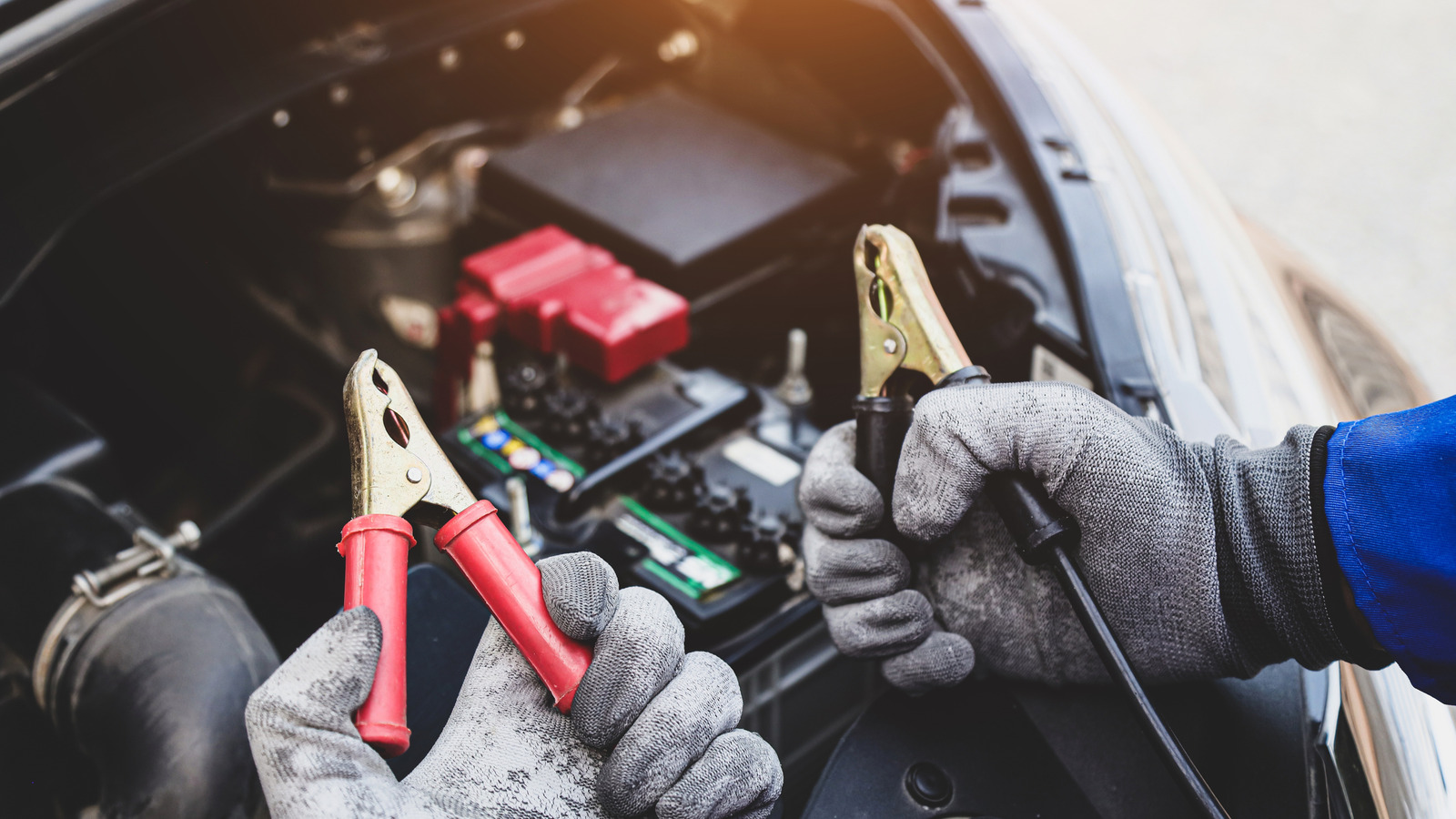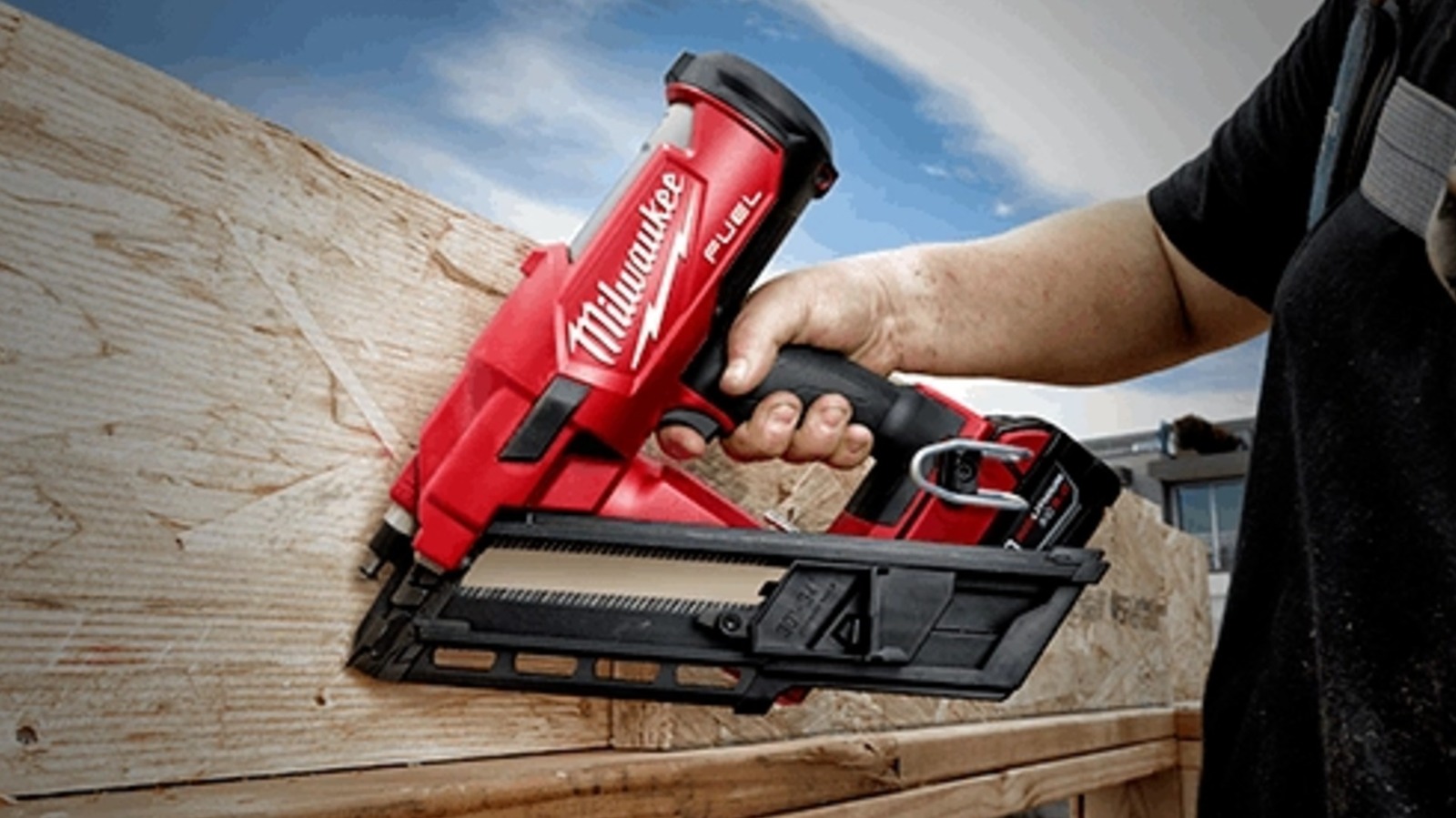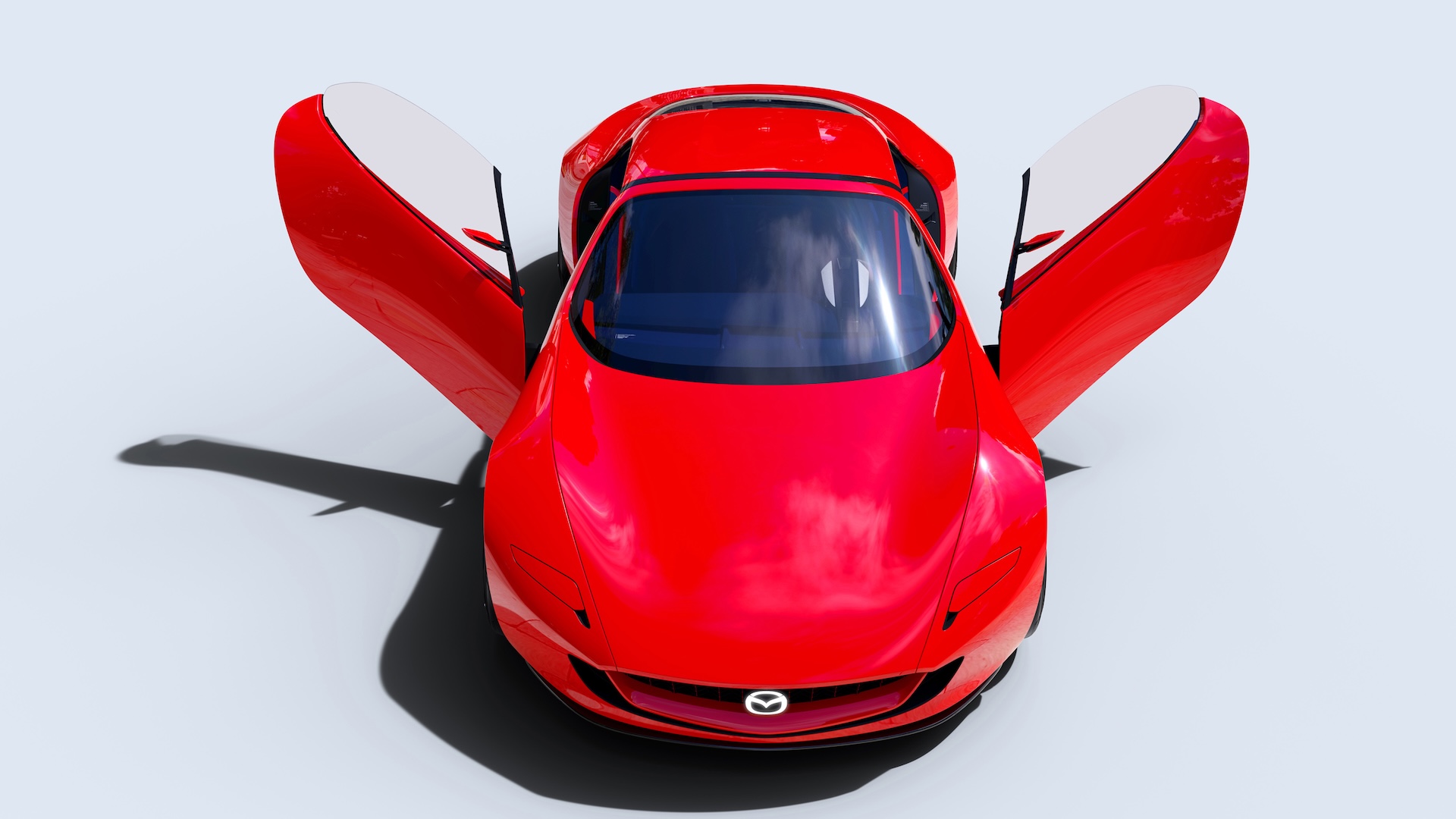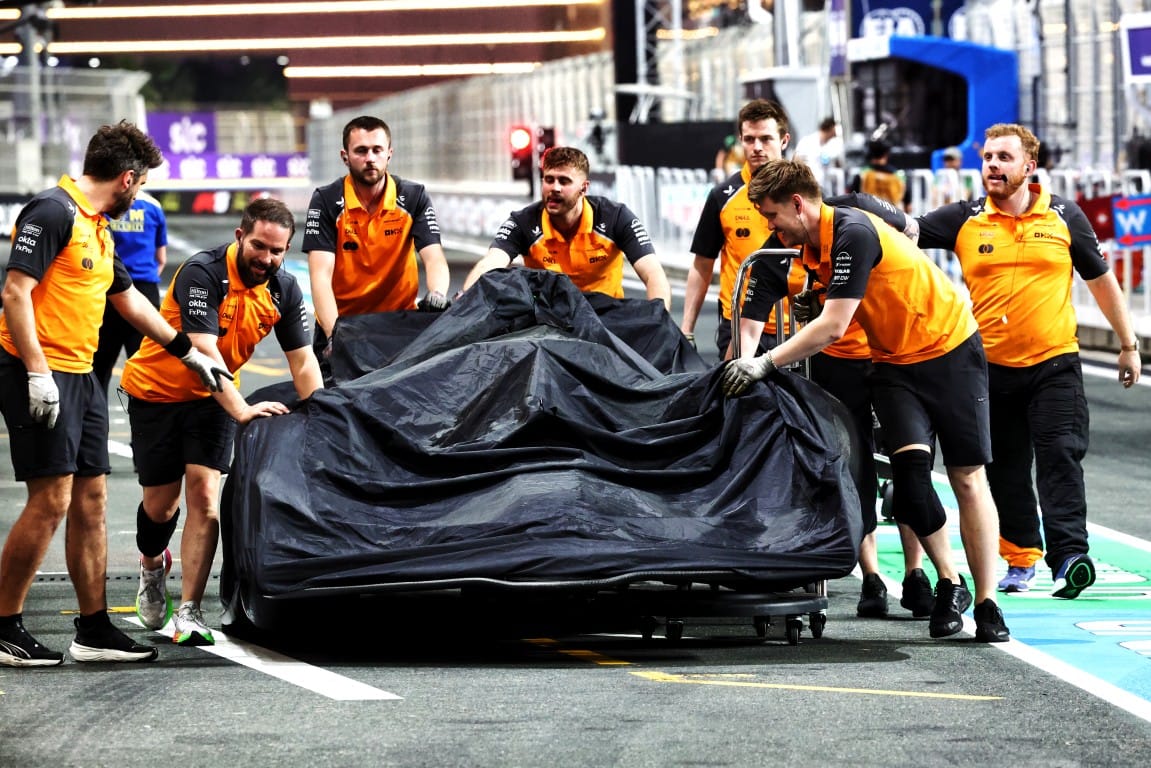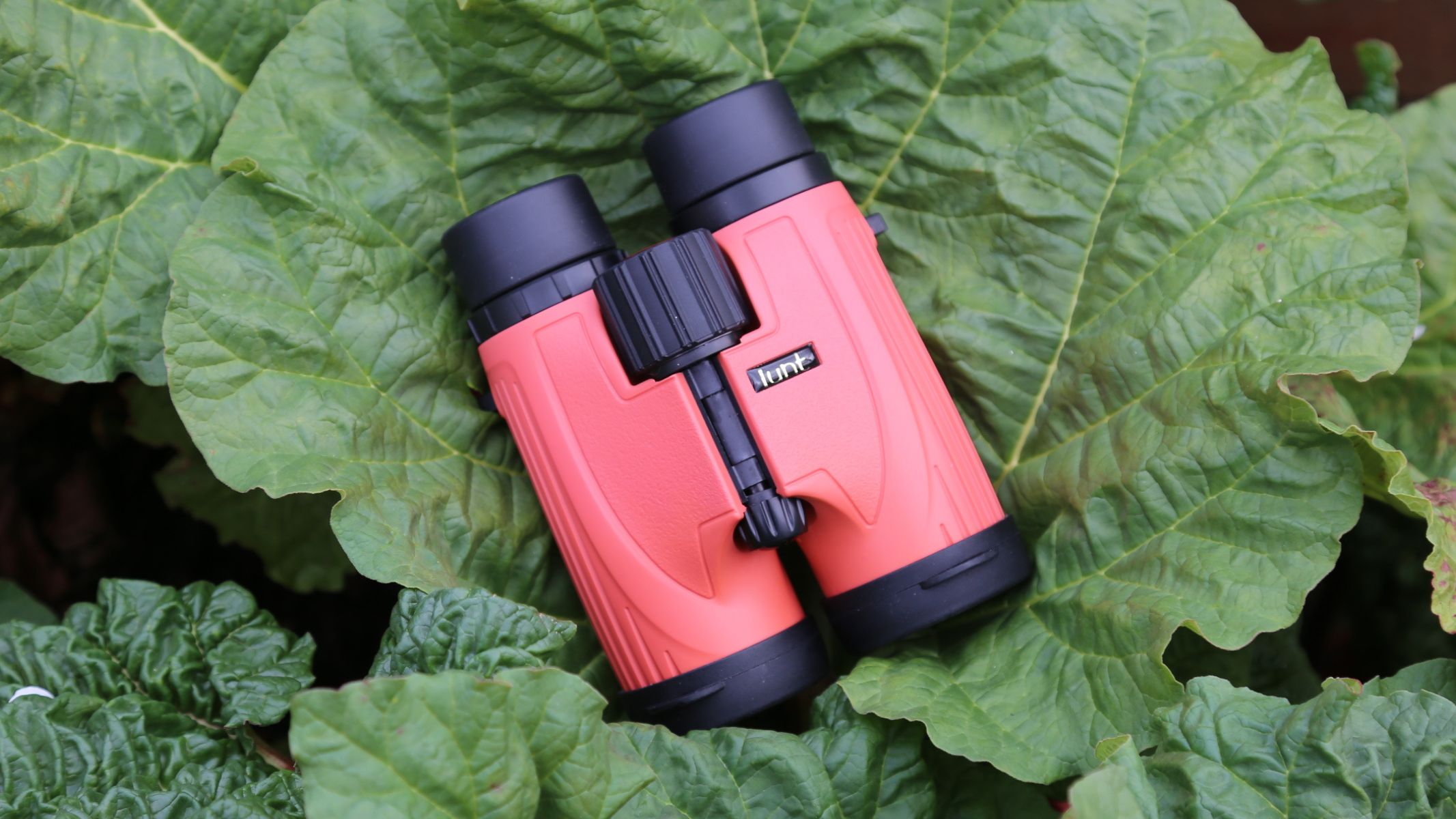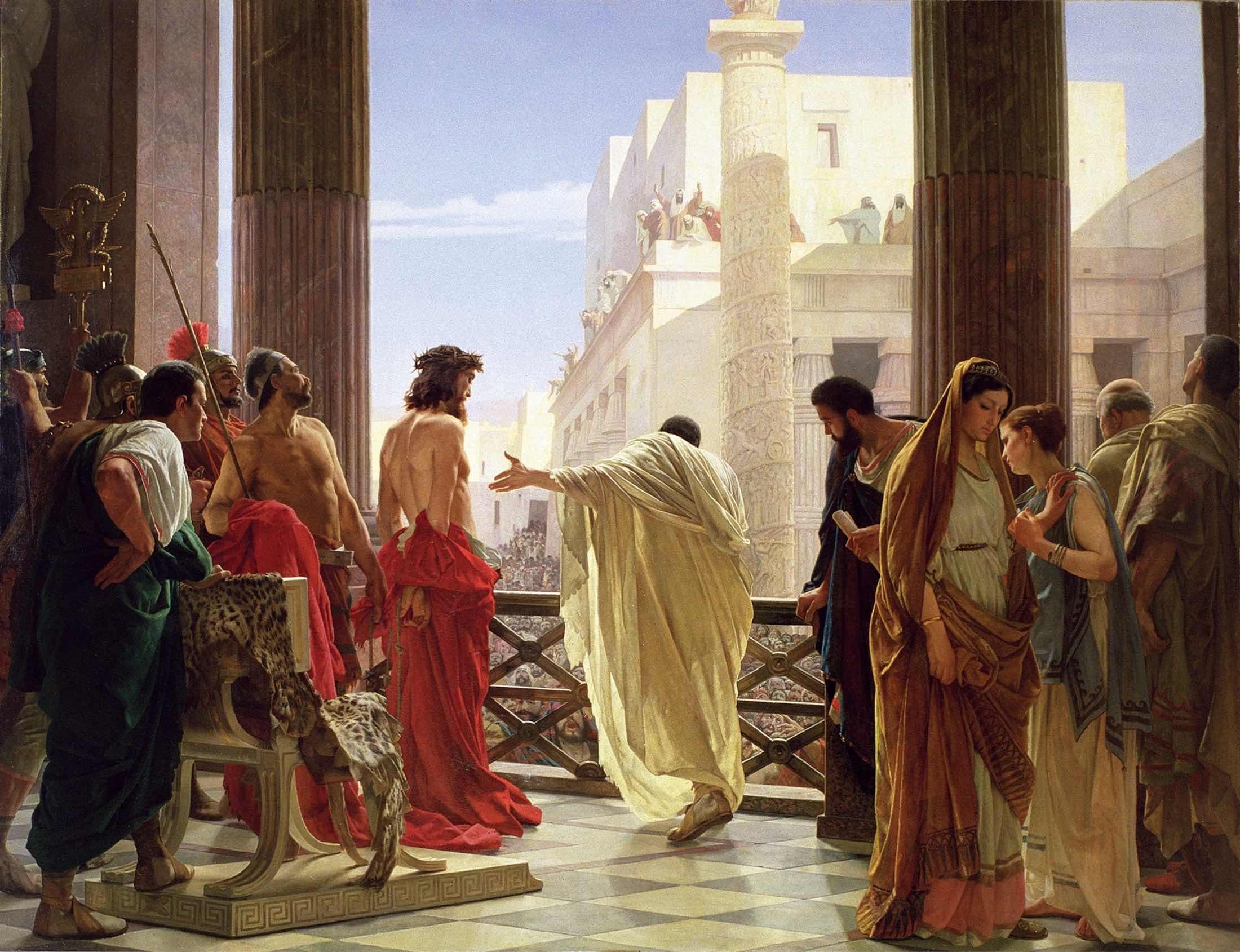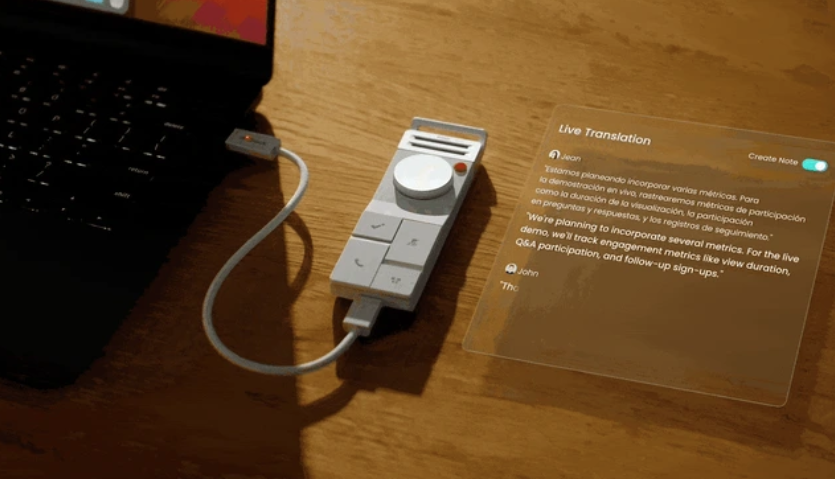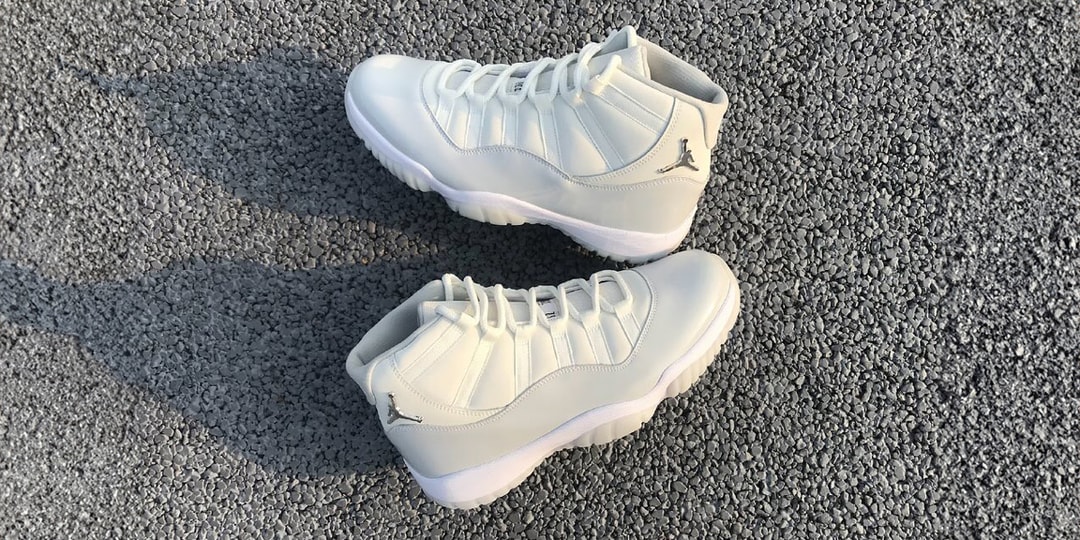New owners, new ambitions for Willow Springs
Willow Springs, the oldest active road course in the United States, has been purchased from the Huth family by an investment group led by (...)

Willow Springs, the oldest active road course in the United States, has been purchased from the Huth family by an investment group led by Sam Byrne through CrossHarbor Capital Partners and the renowned Porsche devotees at Singer Vehicle Design.
Opened in 1953, the hillside property located an hour north of Los Angeles has been a popular venue for amateur racing and the filming of television shows, but its wider appeal has waned over the decades.
Through the early 1990s, Willow Springs was used a test track where IndyCar, IMSA, and on rare occasion Formula 1 teams put the rustic and high-risk circuit to good use. The former American IndyCar Series also held races at the fast and sprawling course, but Willow Springs’ relationship with pro racing slowed as the 2000s approached.
Under the direction of Byrne, Willow Springs will join other longstanding Californian road courses like Laguna Seca and Sonoma Raceway in receiving investments to modernize the property, improve safety standards, and broaden its appeal as a hub for car and racing enthusiasts. There’s also a desire to reengage with pro series to explore hosting races after the project is completed.
The throwback track has great character, which its new owners are determined to preserve while adding some new elements including a Singer-hosted club and an array of shops to house racing teams, restoration businesses, car collections, and other industry-related companies.
“One of the most challenging elements is, how do you maintain what makes Willow great while making it safe and fun?” Byrne told RACER. “Being able to afford to do the improvements that it deserves and requires is the first step in the process.”

Rumors of Willow Springs being turned into a members-only facility are false, according to Byrne.
“I’m a huge enthusiast, not so much around motorsports, but around automotive, collecting, driving, and wrenching on cars with my kids,” he said. “Where I come from, I run a real estate investment firm that does clubs and various other things, so I’m often approached about financing track deals, and you can see so many of these things that have a website but never get off the ground.
“So I have been looking for almost a decade at the industry and how it might work in the future, including looking at operations in Europe that are that are more efficiently run and offer more things so that they can be more sustainable. And L.A. was the ideal place to potentially do something. What I’ve seen in the deals that I’ve seen is there’s a fundamental flaw, which is eliminating the public from a track experience that actually undermines the community that you want to create.
“Rich people don’t want to be exclusionary. They might want to have a better parking space. They might want to have access to everything, but a guy with 100 cars might meet a guy with the ‘73 Porsche RS lightweight that he always coveted, and he’ll spend three hours talking to that guy. So I just thought it was flawed when I looked at these private-track models, and I thought they had no they had no soul.”
With the heavy involvement from Singer, Byrne has received a powerful co-sign that lends credibility to his vision for Willow Springs. Speedway Motorsports Inc., which owns and runs ovals and road courses across the country, has been hired to manage Willow Springs, and former F1 driver Alex Wurz has been signed to deploy his track design and safety services to update the road courses.

Once the construction projects start and the facelift is complete, courting the auto and racing industries to make use of the track and its facilities is among the priorities.
Bringing awareness to Willow Springs’ existence is another key piece of the plan. It’s often forgotten among the other tracks in the region where major festivals and marquee races are held, and fans consider those venues to be a central gathering places to drive their cars or celebrate their shared interests.
“There’s three different verticals that you can lean into,” Byrne said. “The most important is the public. It’s creating events that everybody wants to participate in. It’s supporting car clubs. It’s having a huge karting program for young people so that we can develop more enthusiasts for the sport, finding a way to make karting less expensive and making it safe and thoughtful. That’s the first piece, the public piece. It’s really important to us.
“The second piece is the corporate OEM piece, where we have more activity going on that people can avail themselves to. So maybe it’s a delivery center for an OEM. I received my Singer at their shop in Torrance and already have five track days with it at Willow, but wouldn’t it be more fun to receive it at the track? I think there’s a big opportunity there that can drive revenue. Because this has to work as a business and be sustainable. We plan to build a bunch of garages and there’s specialty manufacturers that want to be out there.
“And the third piece is a club. And when I say a club, I don’t mean private; that’s not the vibe that I love. Yeah, obviously I’m in the club business in a big way, and we own one of the largest private clubs in the world. But that’s not the approach here. It’s creating a great experience for people that want to utilize the track, maybe more than others. And what was so unique about Willow is that it brought us a place with multiple tracks that are already there. The cost of finding 700 or 800 acres anywhere to build road courses would never work.
“We had to find something that you could make improvements to and find other ways to create revenue. So those are the those are the three elements of it. But first and foremost is to maintain the culture of a cool public place.”






















